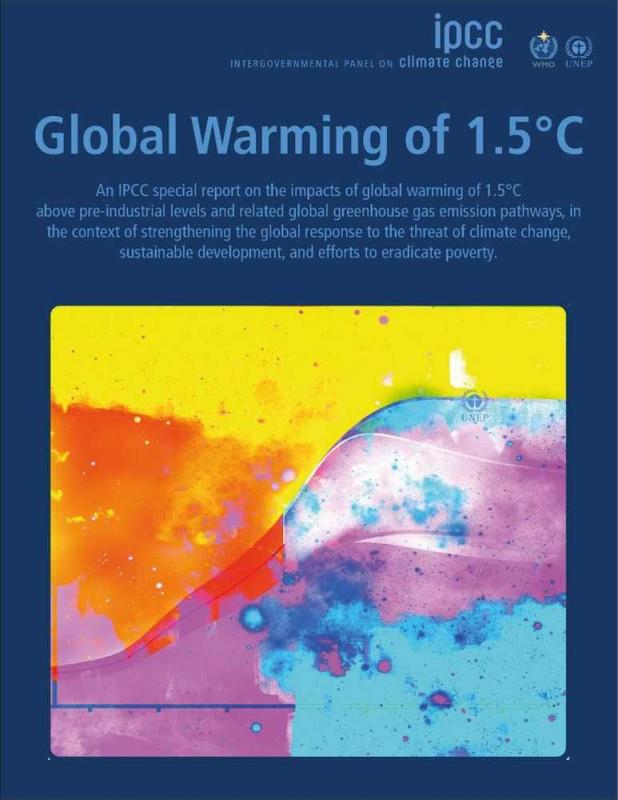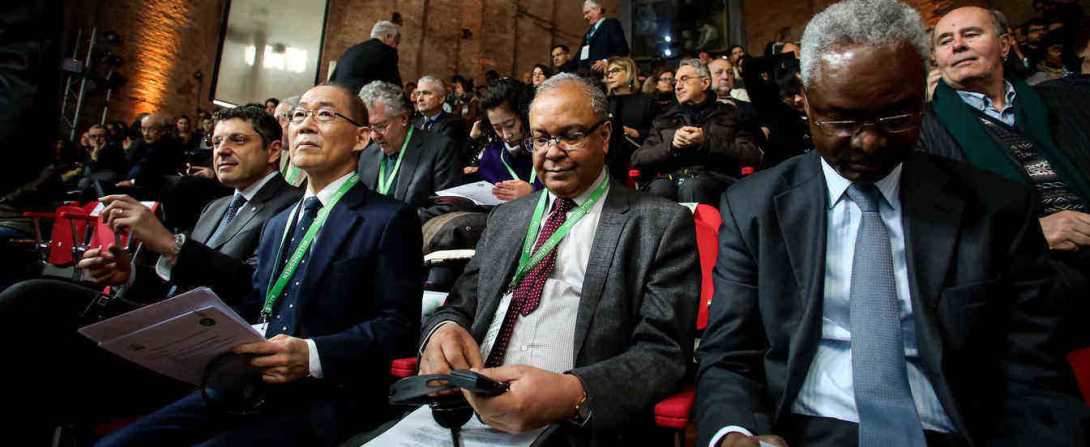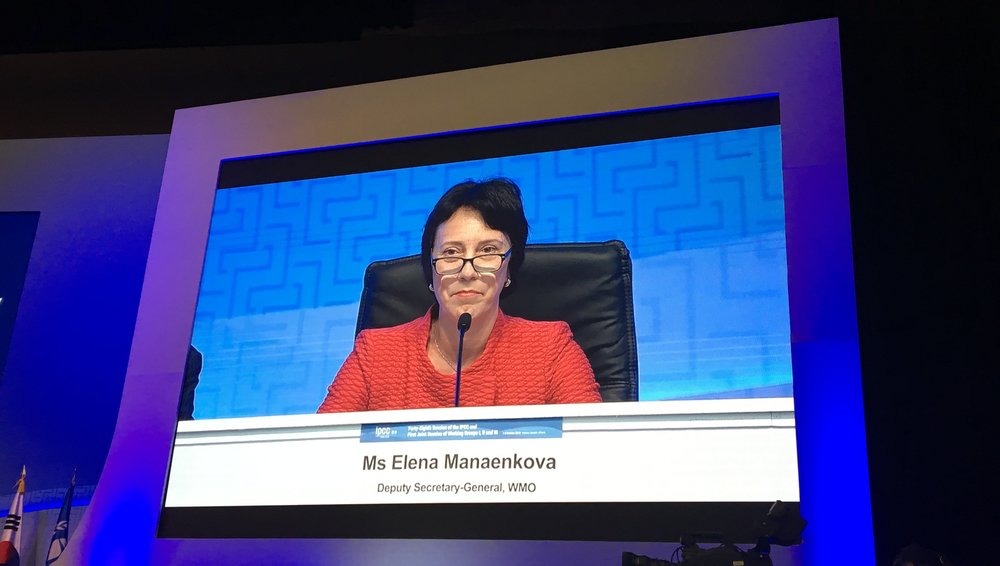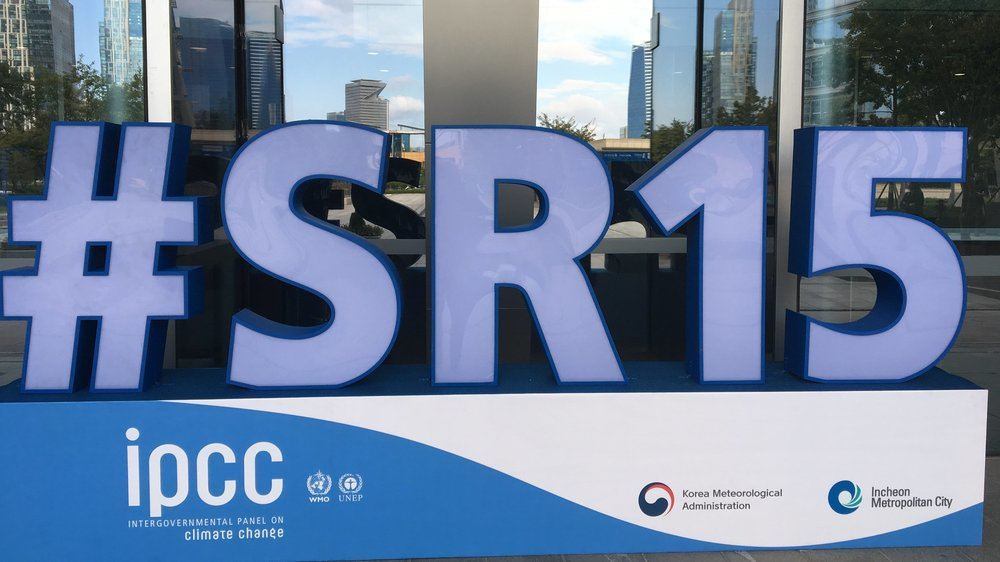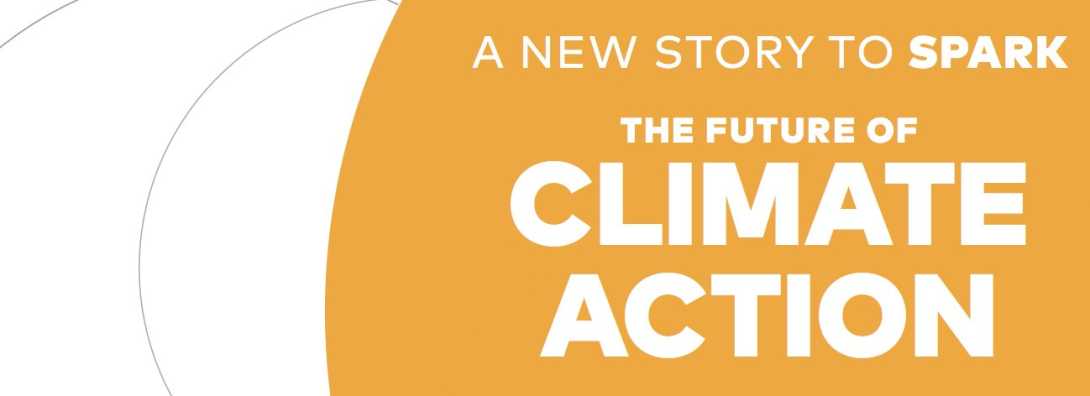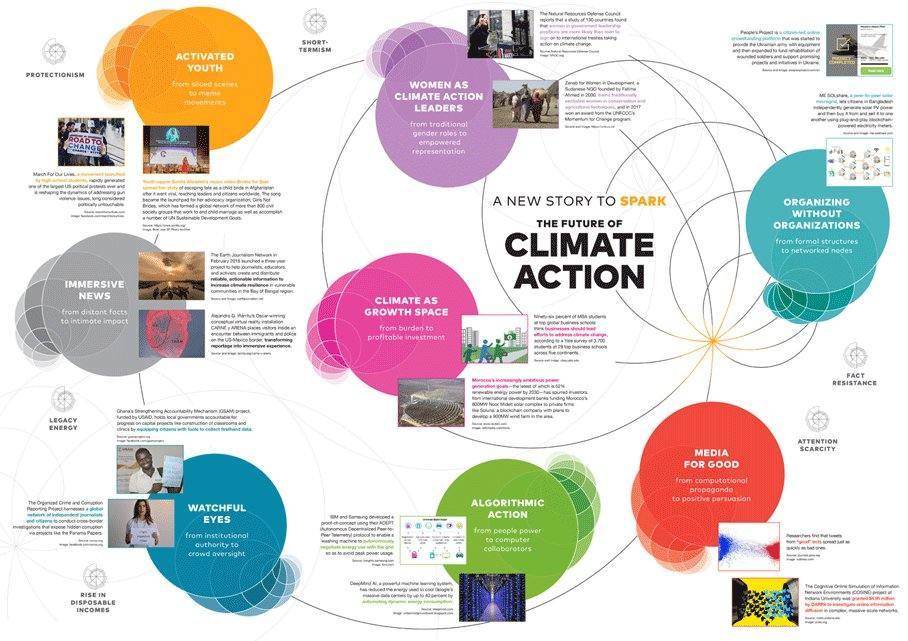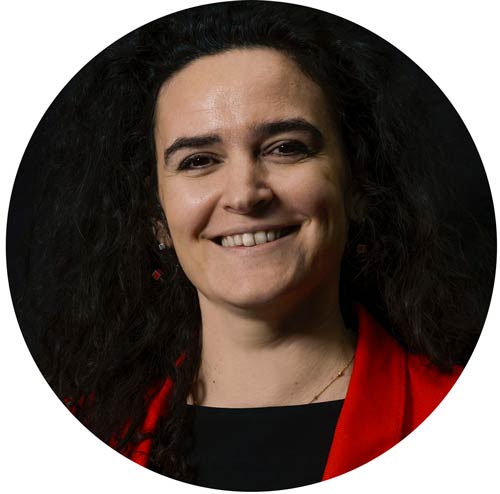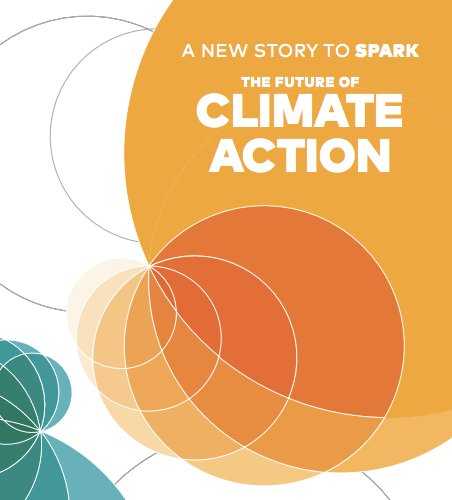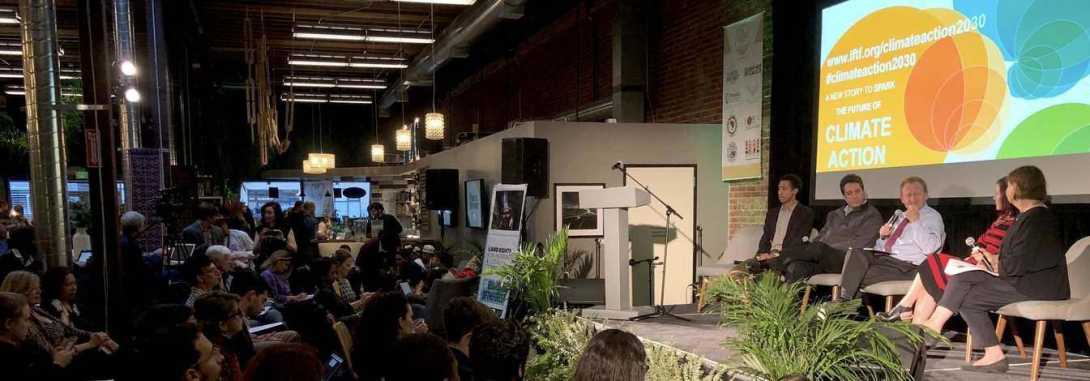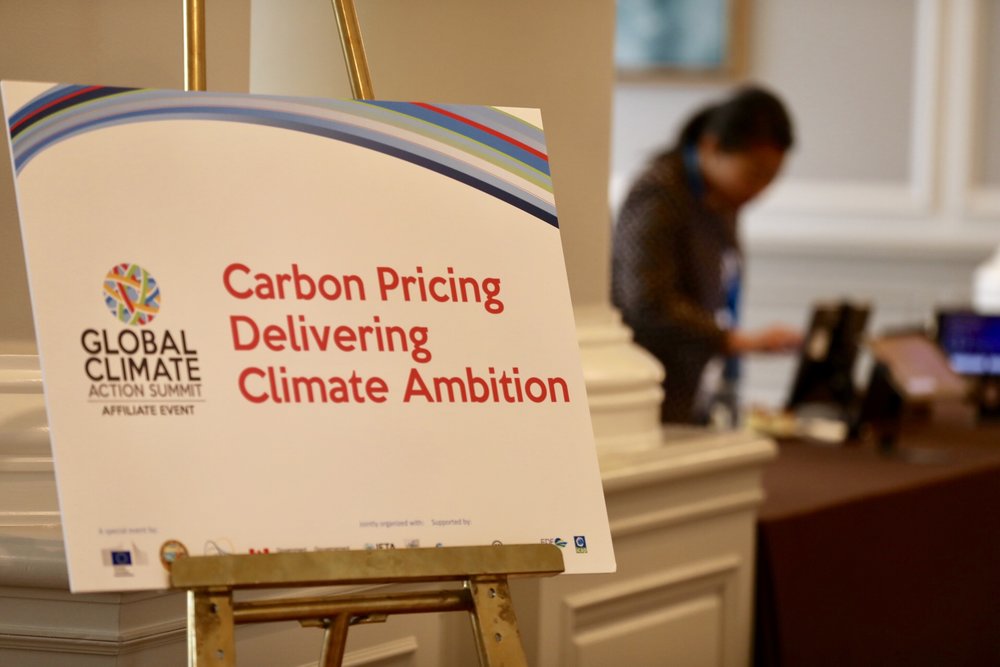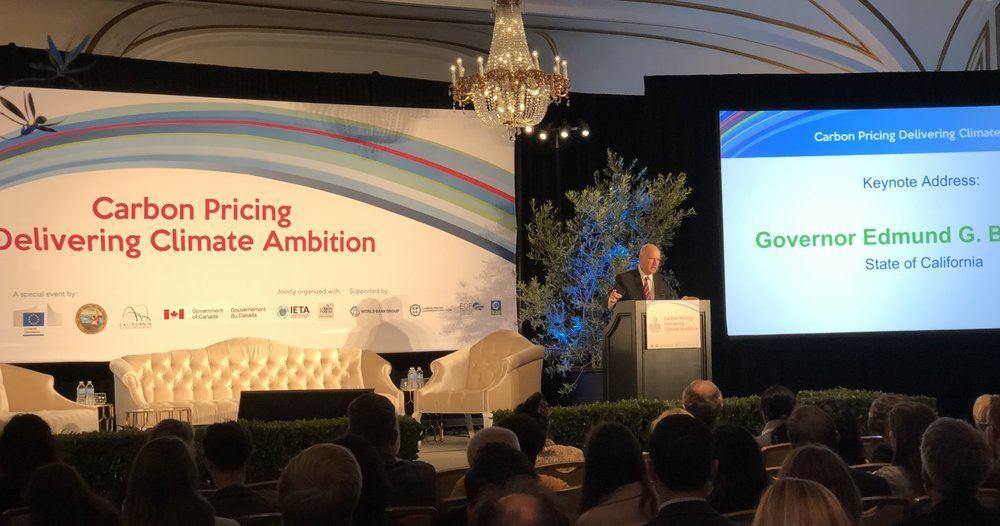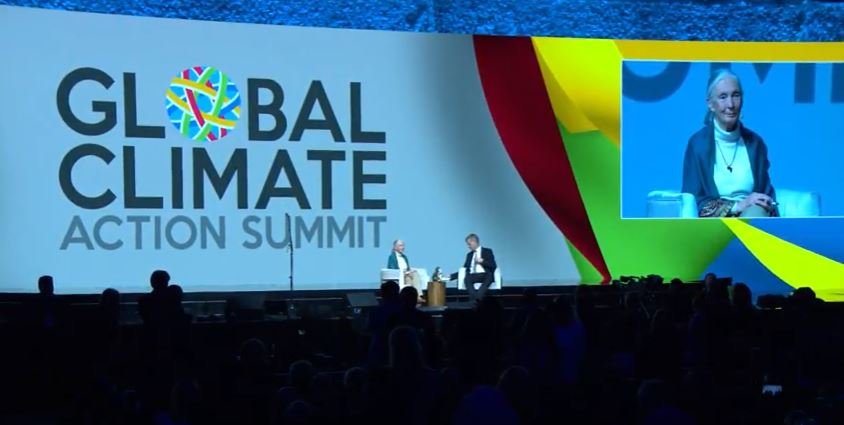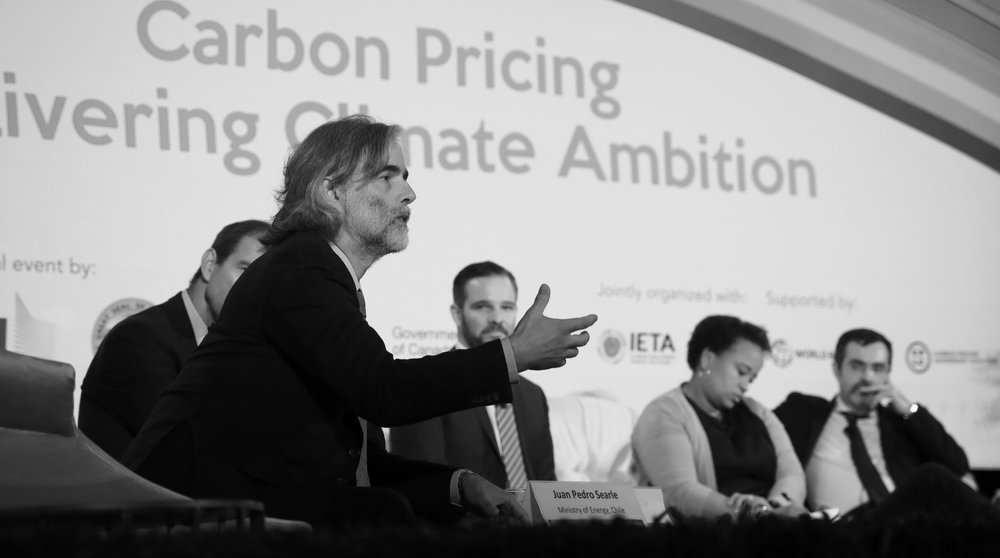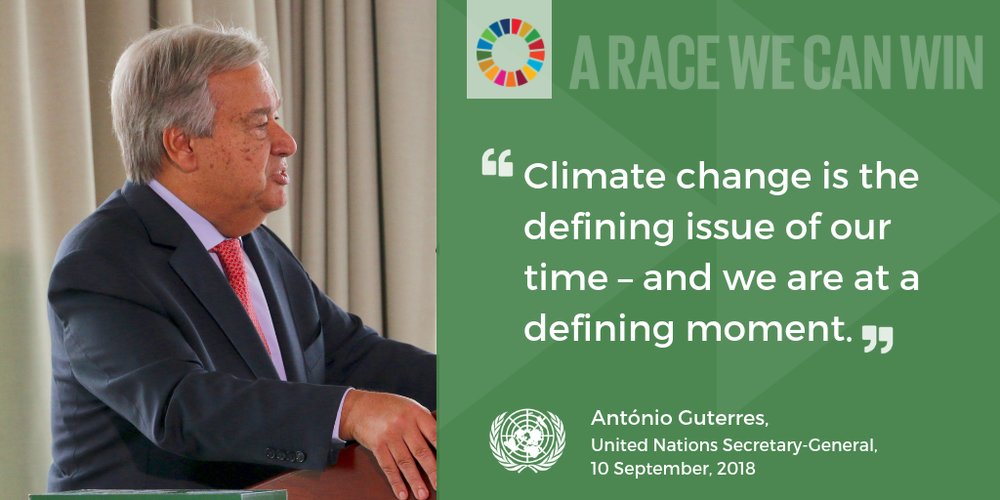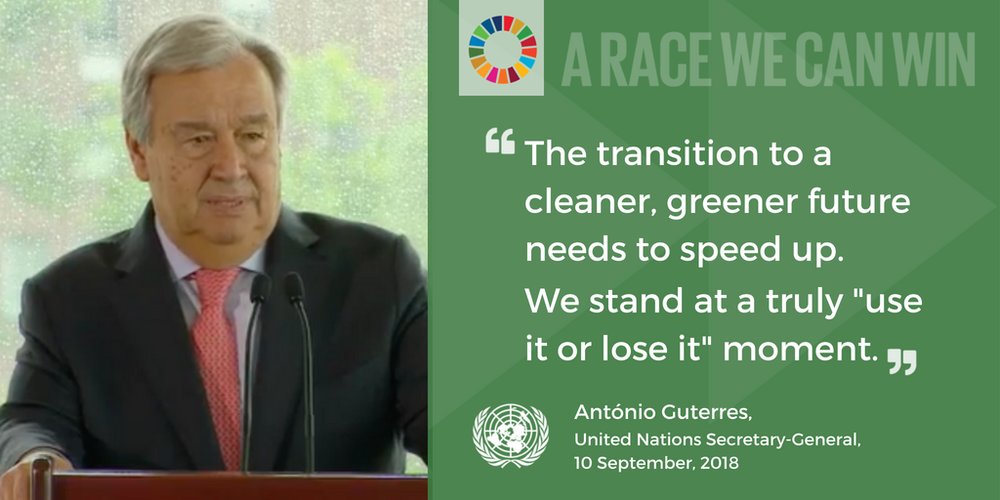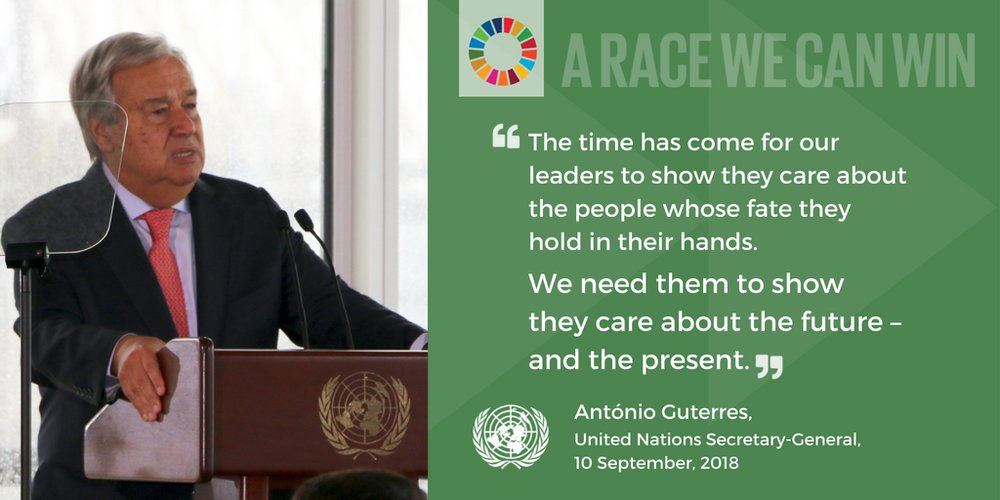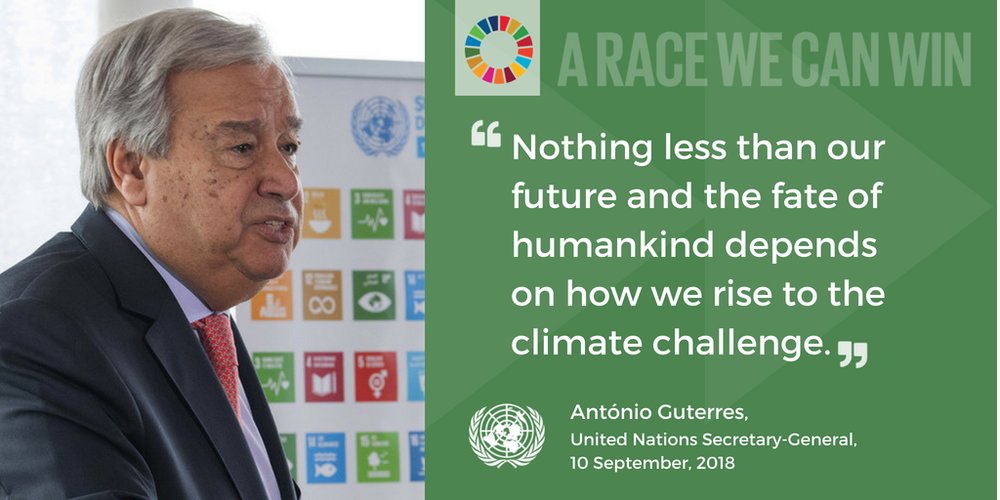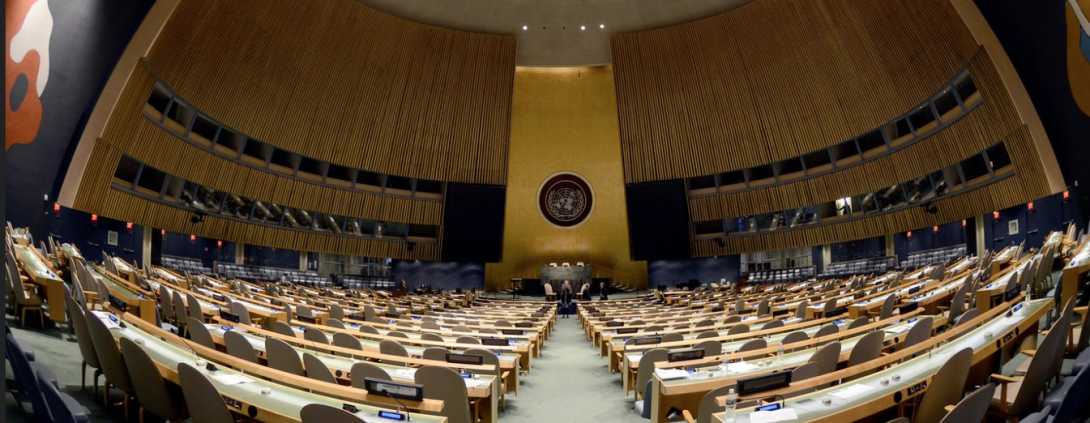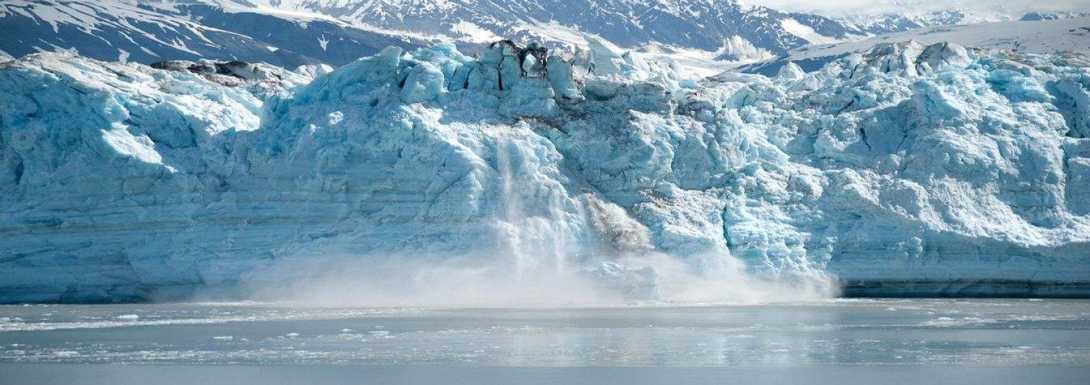
A landmark report on climate change is a wake-up call about both the huge challenges and the benefits of limiting global warming to 1.5° Celsius in view of the escalating threats from rising temperatures the World Meteorological Organization (WMO) said today.
The Intergovernmental Panel on Climate Change (IPCC) Special Report on Global Warming of 1.5°C showed how keeping temperature increases below 2°C would reduce the risks to human well-being, ecosystems and sustainable development.
Limiting warming to 1.5ºC would require an unprecedented response, according to the report’s Summary for Policy Makers, which was adopted at meeting in Incheon, the Republic of Korea, on 6 October.
The report said that net zero emissions of carbon dioxide must reach zero by 2050. At the current rate of emissions, the world will reach 1.5°C warming by between 2030 and 2052.
"This Special Report demonstrates, with great scientific authority, the need for far-reaching and immediate reductions in greenhouse gas emissions. The global average temperature is already more than 1°C higher than the pre-industrial era. Arctic sea is shrinking and sea level rise is accelerating. We are suffering more extreme weather. Every fraction of a degree in temperature rise makes a difference,” said WMO Secretary-General Professor Petteri Taalas.
WMO and the UN Environment Programme co-sponsor the Nobel-prize winning IPCC, which was asked to prepare the report when governments adopted the Paris Agreement to combat climate change. The Paris Agreement sets a long-term goal of holding the increase in the global average temperature to well below 2 °C above pre-industrial levels and pursuing efforts to limit the temperature increase to 1.5 °C.
The report highlighted a number of impacts which could be limited by lower temperature increases.
For instance, by 2100, global sea level rise may be 26 to 77 cm higher than the 1986-2005 baseline under a 1.5°C temperature increase, or about 10 cm lower than for a global warming of 2°C. This would mean that up to 10 million fewer people would be exposed to related impacts such as saltwater intrusion, flooding and damage to infrastructure.
Limiting global warming would limit the increases in ocean temperature and acidity and decreases in ocean oxygen levels and so would reduce risks to marine biodiversity, fisheries, and ecosystems. But even with a temperature increase of 1.5°C, coral reefs are expected to decline by 70-90 percent, whereas more than 99 percent would be lost with 2ºC.
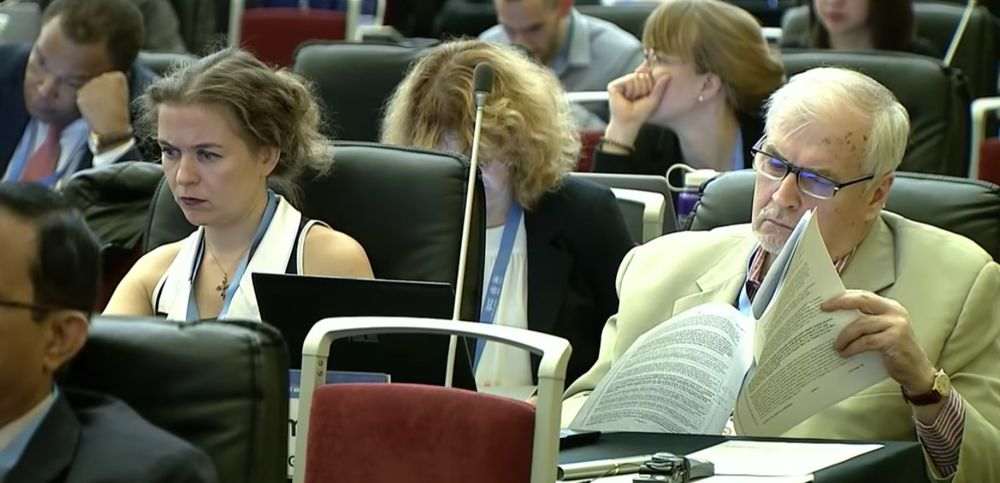
Depending on future socioeconomic conditions, limiting global warming to 1.5°C, compared to 2°C, might reduce the proportion of the world population exposed to a climate change induced increase in water scarcity by up to 50%, the report said.
“Climate change adaptation is no longer an option, it is a necessity. This report makes it clear that the longer we delay, the more difficult and costly it will be. WMO is intensifying efforts to further strengthen early warning systems to protect lives in the face of more extreme events. Improved climate services are helping to increase resilience in our food and health systems, urban and coastal planning, energy and infrastructure and water management,” said Professor Taalas.
The report finds global emissions of carbon dioxide (CO2) would need to fall by at least 35% from 2010 levels by 2030, reaching ‘net zero’ around 2050. This means that any remaining emissions would need to be balanced by removing CO2 from the atmosphere. The effectiveness of such techniques is unproven at large scale and some may carry significant risks for sustainable development, the report notes.
"This report is a further incentive for WMO to intensify its scientific support for climate change mitigation and adaptation through a new strategy entailing fully integrated, “seamless” Earth-system approach to weather, climate and water domains,” said WMO Chief Scientist, Professor Pavel Kabat.
“Over last two decades, climate science has made unprecedented progress in better understanding of the functioning of the climate system and in assessing consequences of human interference. Now, more than ever before, we need science to support adaptation to climate extremes and climate change, and to help to guide transformations needed for sustainable development of the planet,” Professor Pavel Kabat said.
Banner and thumbnail image credits to Pixabay.com
